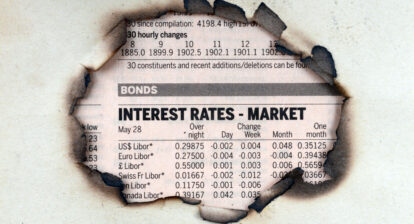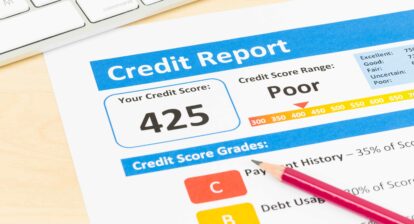This month I suffered a sinus infection, which seems to be a staple of fall for many. Interestingly, I knew it was coming. I could feel the signs of its onset prior to experiencing the full symptoms. The real estate and mortgage industries are in similar positions – feeling as though something is coming, but unsure of the exact nature and severity of the illness in store. Let’s head to the doctor for a check-up in this week’s Three Things to Know.
The ‘Itchy Throat’ Data
Logan Mohtashami, one of Housing Wire’s lead analysts, published a piece last week so full of juicy data I spent almost an hour digesting it. It looks like we’ll enter 2023 with historically low inventory. Offers on existing homes have fallen drastically, and days on market have increased to more than one month in most local markets. Despite this, home prices seem to be holding on stubbornly to the gains made in the past two years.
Anecdotally, I’m seeing builder ads offering $30,000 or more in incentives, a signal they are feeling the slowdown. Fed chair Jerome Powell asserted his desire to see a housing correction in a recent press conference, so we can only wonder if we are entering the early stages of a drawn-out lull.
Mortgage Closures Endemic, But Don’t Panic Yet
In July of this year, I published a piece warning of a coming washout in the mortgage industry. A quick check of the list of mortgage layoffs, merges, and closures reveals the wave I predicted has occurred. I still caution against overreaction and believe this is simply our industry making a U-turn.
Banks, lenders, and brokers amassed staff and salespeople for years as demand for mortgage grew, and this dramatic downturn in real estate has forced our companies to make painful decisions. Those decisions, which currently look like trouble in the industry, will make us sustainable in the event this downturn is prolonged.
A New (or Old) Tool to Tackle Disease
In order to confront the challenge of qualifying home buyers in a high-rate environment, lenders are pulling a dusty product off the shelf. The 2-1 Buydown, almost forgotten until recently, is becoming a hot commodity. Agents ought to familiarize themselves with this powerful tool that can bring buyers off the bench and help them afford more payment.
This product is the opposite of adjustable-rate mortgages, where a low-rate stays fixed for years, then adjusts. A 2-1 buydown offers a rate that is two percent lower than current rates for year one, one percent higher in year two, then full market rate in year three. Example: If current rate is seven percent, the client will receive a five percent in year one, six percent in year two, and seven percent the remaining years.
The obvious gamble is that rates will drop in the next two years, creating an opportunity for a refinance. There’s a substantial cost, usually more than two percent in closing costs, but many lenders require sellers to cover the fee. Offering this, as a seller, can be an efficient way of attracting buyers to a listing.









